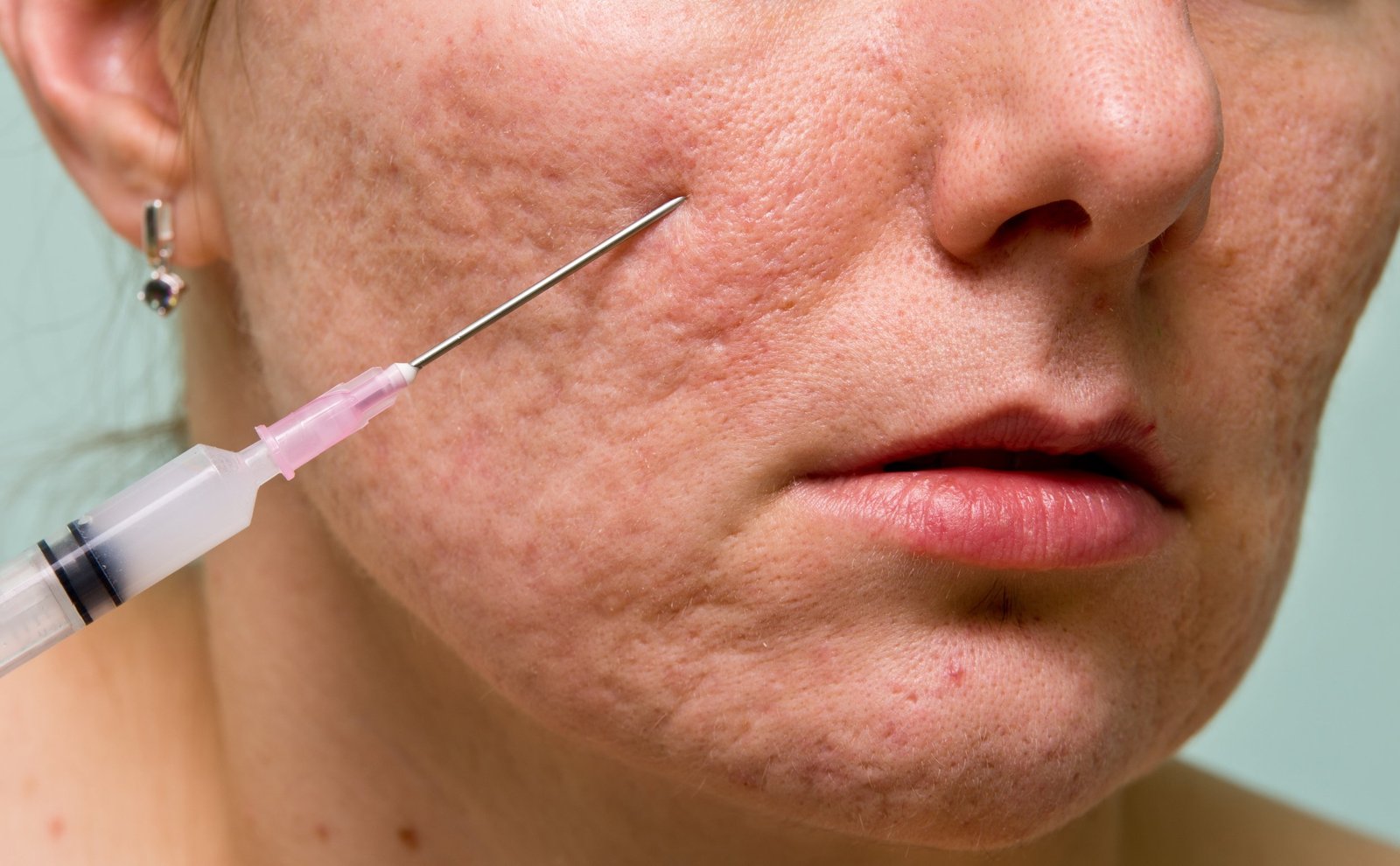Athena Skin Hair & Dental Clinic
Subcision

What is Subcision
Symptoms Indicating the Need for Subcision
Subcision is recommended for individuals experiencing:
Acne scars: Rolling, boxcar, and tethered scars.
Wrinkles and fine lines: Caused by loss of collagen.
Traumatic or surgical scars: Depressed and fibrotic scars.
Cellulite dimples: Skin indentations due to fibrous bands.
Skin depressions: Resulting from injury or previous skin conditions.
Causes of Depressed Scars
Depressed scars and wrinkles develop due to various reasons, including:
Severe acne: Chronic inflammation damages skin tissue.
Surgical wounds: Poor healing can cause tethered scars.
Trauma or injury: Leading to fibrotic tissue formation.
Aging: Loss of collagen and elastin contributes to skin laxity.
Cellulite: Fibrous septae pulling down the skin.
Subcision Procedure: Step-by-Step
1. Consultation and Assessment
A dermatologist or cosmetic surgeon assesses the scar type, depth, and suitability for subcision. Other treatments may be combined for optimal results.
2. Preparation
- The treatment area is cleansed and marked.
- Local anesthesia is applied to ensure comfort.
3. Subcision Process
- A specialized needle or blunt cannula is inserted beneath the scar.
- The fibrous bands tethering the skin are broken.
- Small blood vessels rupture, triggering collagen production and healing.
- The process is repeated across affected areas.
4. Post-Procedure Care
Antibiotic ointments and mild pain relievers may be prescribed.
Ice packs help reduce swelling and bruising.
Avoid excessive sun exposure and strenuous activities for a few days.
Treatment Options and Complementary Therapies
To enhance subcision results, the following treatments may be combined:
Microneedling: Stimulates collagen for better texture.
Laser therapy: Smooths out surface irregularities.
Dermal fillers: Adds volume to deeper scars.
Platelet-Rich Plasma (PRP) Therapy: Accelerates healing and collagen production.
Prevention of Depressed Scars
While some scars are unavoidable, certain measures can reduce the risk:
Early acne treatment: Prevents deep scarring.
Proper wound care: Keeps injuries from healing improperly.
Use sunscreen: UV exposure worsens scars.
Healthy lifestyle: A balanced diet, hydration, and skincare maintain skin elasticity.
Recovery and Healing Time
Initial Healing: Swelling and bruising subside in 5-7 days.
Collagen Remodeling: Takes 4-8 weeks to show visible improvement.
Multiple Sessions: Severe scars may need 2-4 treatments, spaced 4-6 weeks apart.
Final Results: Can take up to 6 months as collagen rebuilds.
